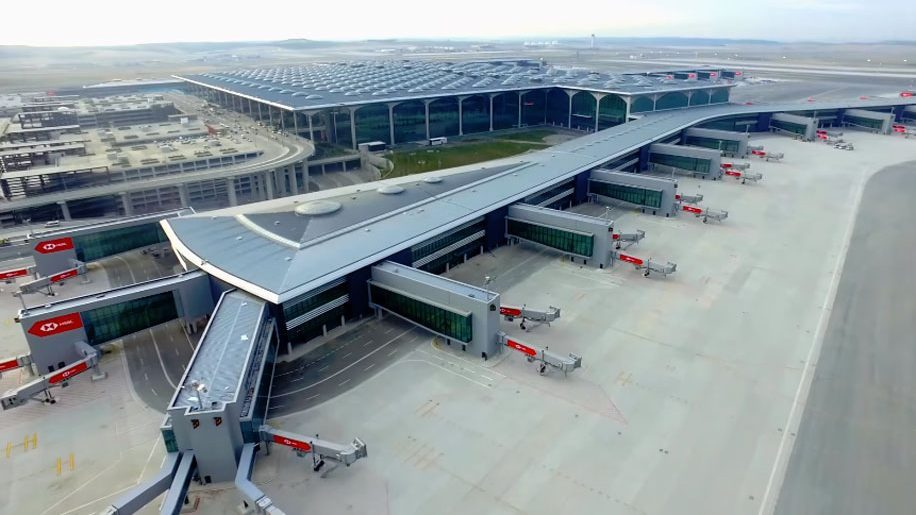All scheduled commercial passenger flights were transferred from Istanbul Ataturk Airport to Istanbul Airport on 6 April 2019 following the closure of Istanbul Ataturk Airport. The IATA airport code IST has been transferred to the new airport. entertain 200 million passengers annually ...
History
Terminal building exterior
Terminal building exterior
Check-in area interior
Check-in area interior
Background
Due to a lack of space to construct an additional runway at Istanbul Atatürk Airport, airport growth being restricted due to the growth of the city, the Turkish Airport Authority not allowing additional cargo or charter flights to the airport, and worsening air traffic congestion, it was decided to construct a new airport to serve Istanbul. Furthermore, due to a lack of slot capacity and parking spaces, some of Turkish Airlines' aircraft were based in Sabiha Gökçen Airport[citation needed] which itself is already at maximum terminal capacity of 25 million passengers, and handled 28 million passengers in 2015 after posting traffic growth rates averaging over 20% a year since 2013.[citation needed]
Atatürk Airport was one of the busiest airports in Europe. Since 2013, it has ranked among the five busiest airports in Europe by passenger traffic. In 2017, the two Istanbul airports handled over 100 million passengers.[7] In terms of area airports, the six London-area airports serve more than 150 million passengers a year, while the three Paris-area airports serve around 100 million passengers a year.
Location
It was decided to construct the new airport at the intersection of roads to Arnavutköy, Göktürk, and Çatalca, north of central Istanbul and between the Black Sea coast towns of Yeniköy [tr], Tayakadın and Akpınar. The area is a 7,659-hectare region near Lake Terkos. Some 6,172 hectares of this area was state-owned forest. The distance between Istanbul Airport and Atatürk Airport is approximately 35 km (22 mi). The area encompassed old open-pit coal mines, which were later filled up with soil.[8]
According to the Environmental Impact Assessment (ÇED) report published in April 2013, there were a total of 2,513,341 trees in the area and 657,950 of them would need to be cut indispensably, while 1,855,391 trees would be moved to new places. However, the Ministry of Forest and Water Management claimed the exact number of trees cut and moved would only be revealed after construction was complete.[8]
Construction
Location of Istanbul Airport relative to the city center of Istanbul, as well as the city's other two airports.
Location of Istanbul Airport relative to the city center of Istanbul, as well as the city's other two airports.
The tender for construction and operation of the facility until 2030 was held on May 3, 2013.[9] The project is made up of four construction stages. If all stages are completed, the airport will reach a capacity of 150 million passengers, which would have made it the biggest in the world at the time of planning. The first stage of construction was planned to finish within 42 months of the handover of the land. The total project cost is expected to be approximately €7 billion, excluding financing costs. The construction and operation consortium has been guaranteed 342 million passengers in 12 years by the government.[citation needed]
The design team was led by London-based Grimshaw[10] and also included the Norway-based Nordic Office of Architecture and London studio Haptic.[citation needed]
At the bidding session on May 3, 2013, only four out of fifteen Turkish and two foreign companies that were qualified as bidders showed up. The Turkish joint venture consortium of Cengiz-Kolin-Limak-Mapa-Kalyon won the tender, and were obliged to pay the government €26.142 billion including value-added tax for a 25-year lease starting from 2018. The completion date of the construction's first stage was officially set for 2018 – 42 months after the finalization of the tender's approval.[8]
The groundbreaking ceremony took place on 7 June 2014,[11] though construction only started in May 2015 after the land was officially handed over.[12]
The inauguration of the airport took place on the planned date of 29 October 2018. It was reported that the first test landing at the airport would take place on February 26, 2018; however, the first landing took place on 20 June 2018.[13] Testing of navigational and electronic systems with DHMİ aircraft had begun on 15 May 2018.[14]
PİCTURES:
TURKISH TECHNİCH HANGAR 2/1
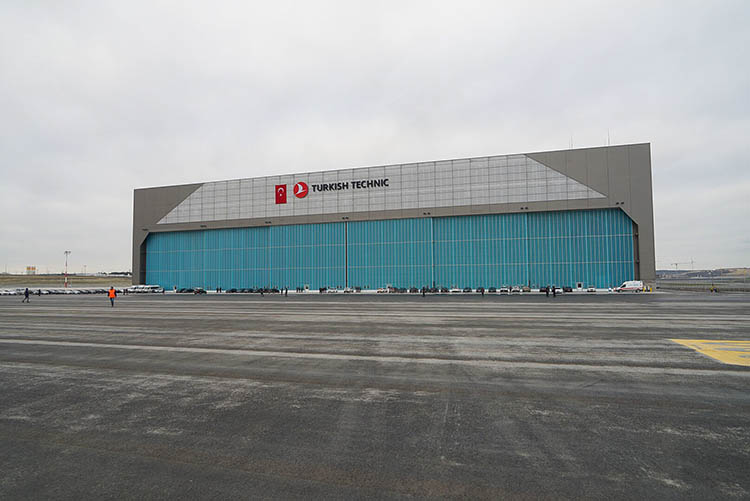
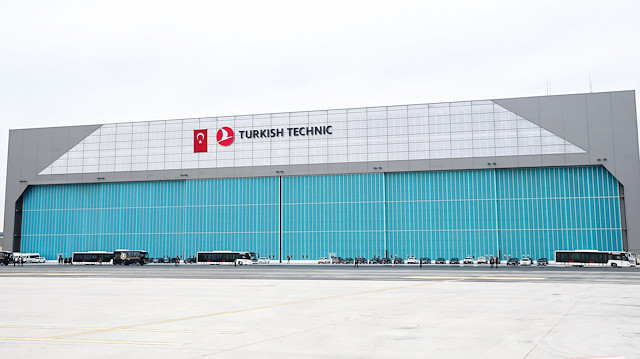
TURKISH CARGO HANGAR 2/2

LOCATION FOR HANGAR
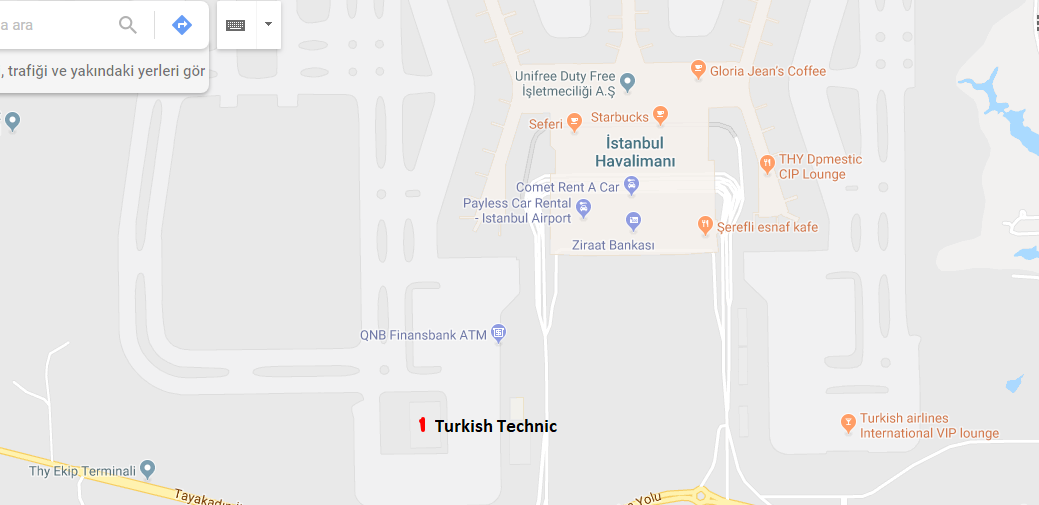
TERMINAL DRONE PHOTOS
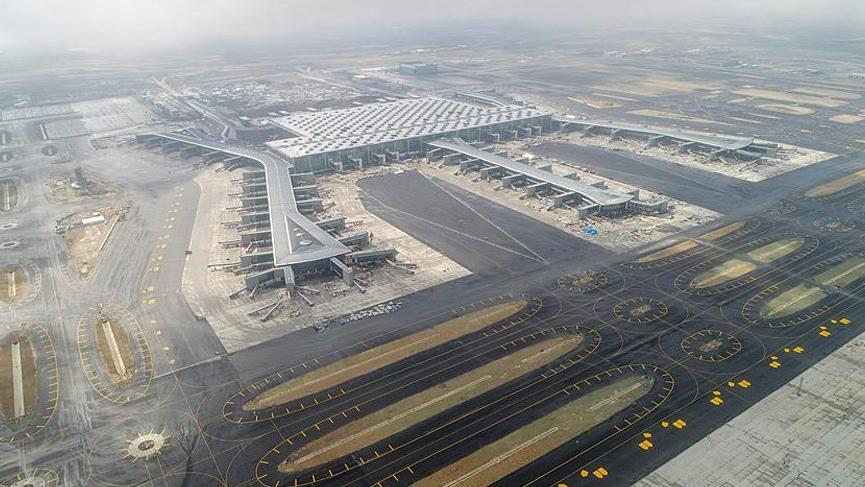
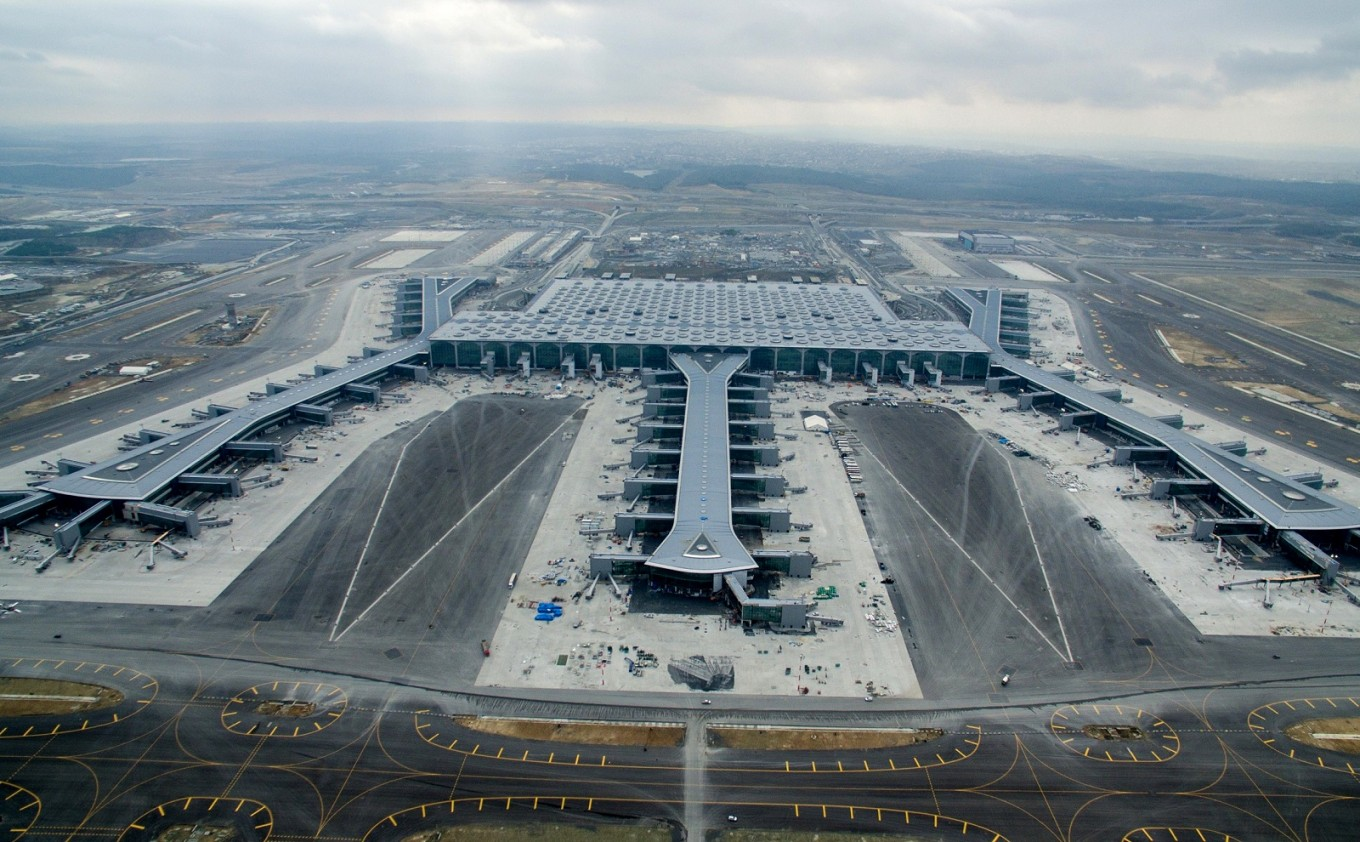
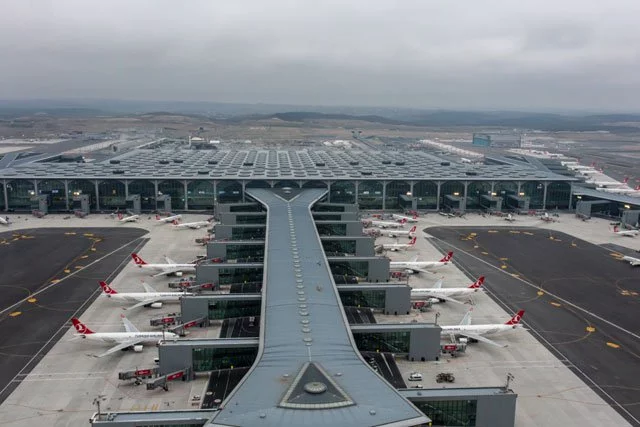
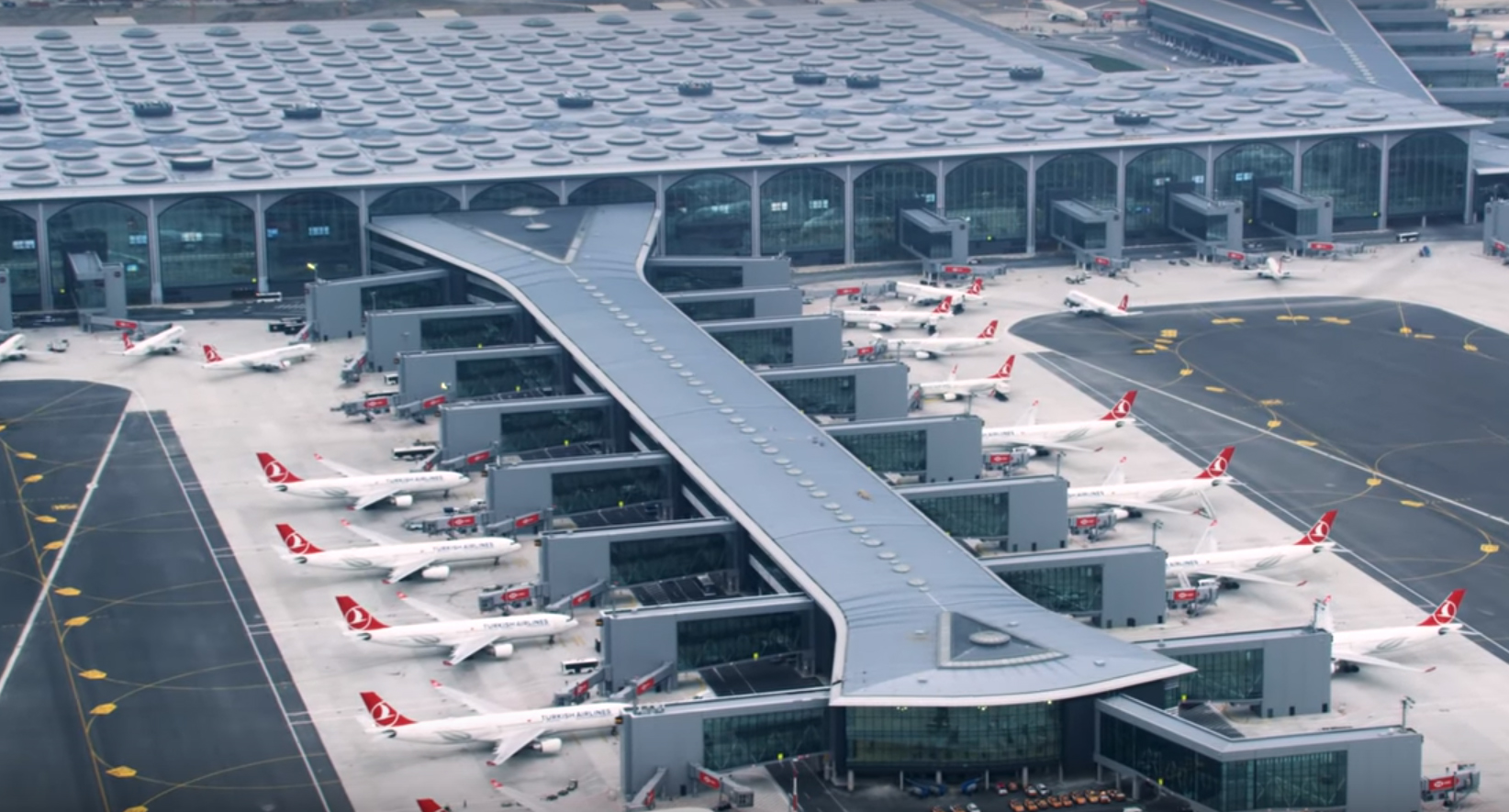
TOWER
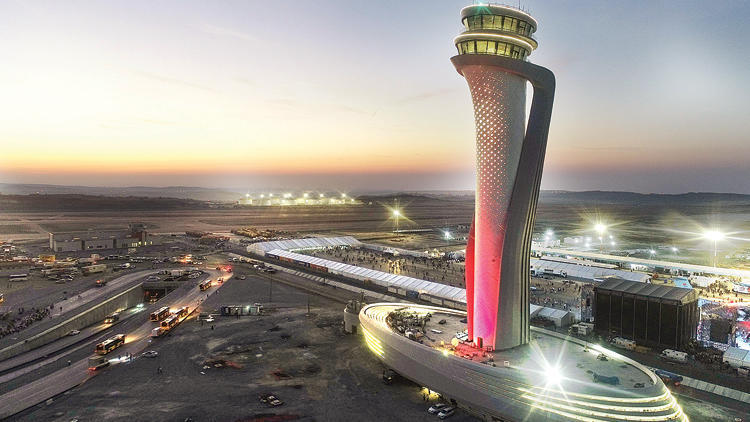
AIPORT AIRWIEW

34L / 34R
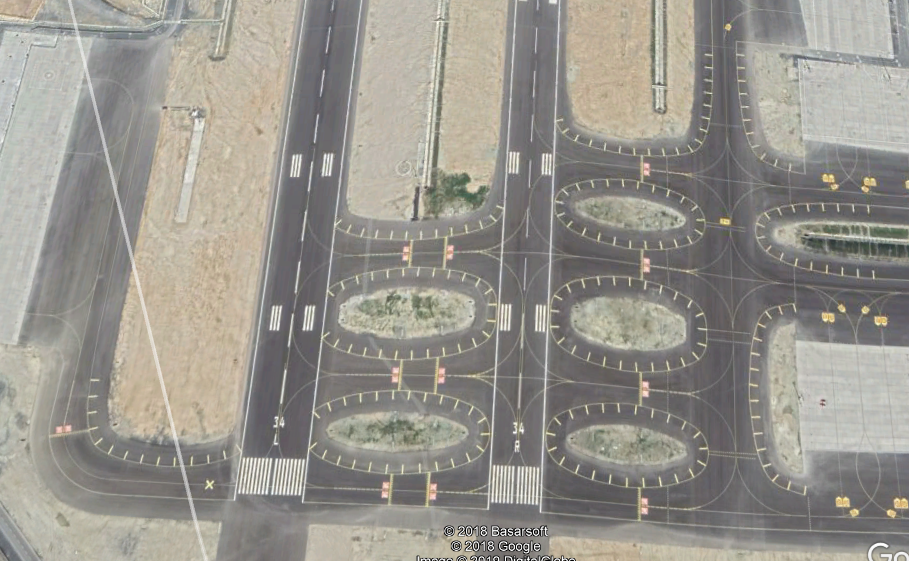
35R / 35L
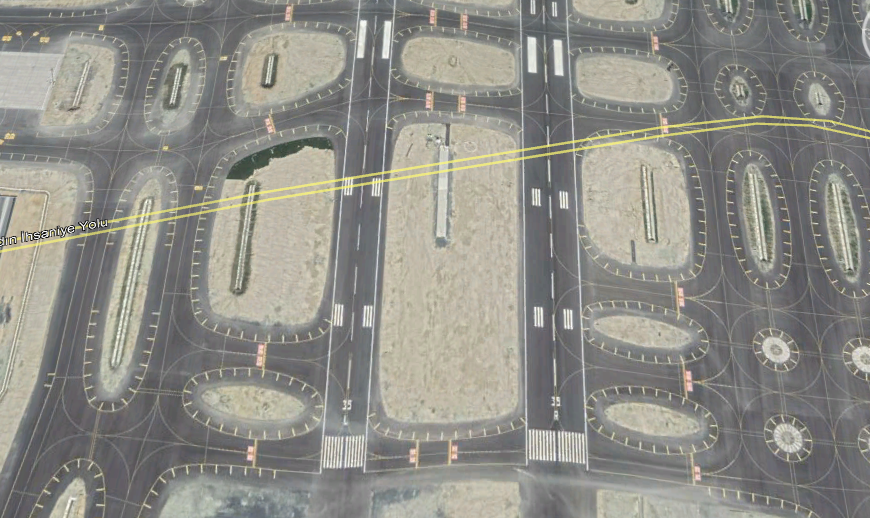
TERMINAL AIRWIEW
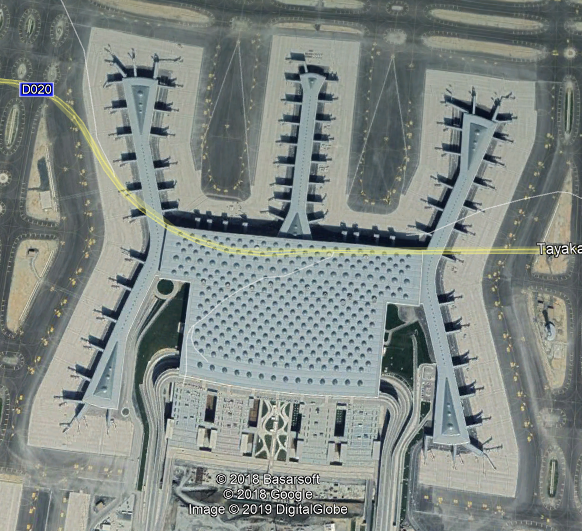
TERMINAL EXAMPLE
